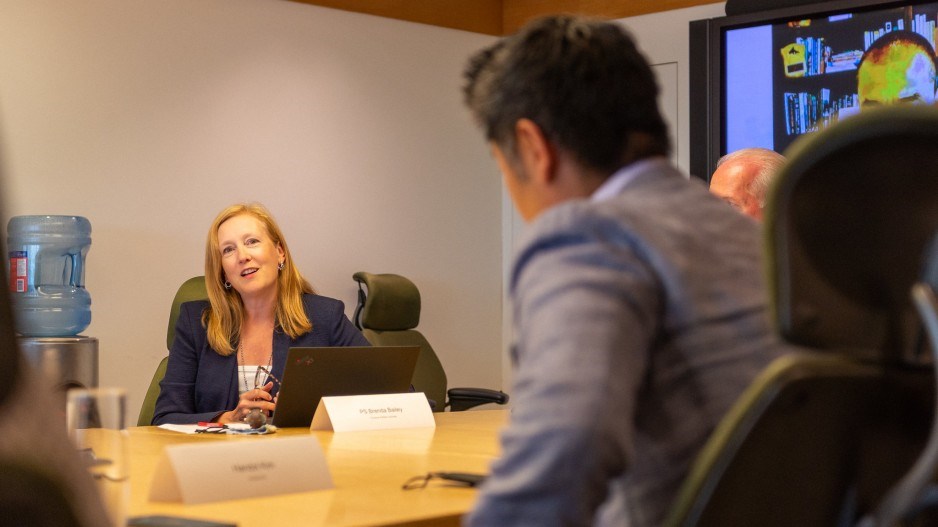B.C.’s positive 2022 employment gains may not be the welcome sign some would hope for, given the province’s tight labour market.
But considering that the world is at the tail end of a global pandemic and a global shipping crisis, annual jobs gains – largely in full-time, private sector employment – is an overall positive sign for B.C.’s economy.
The celebration, however, might not last for long.
Eighty-one per cent of British Columbians are concerned that Canada will face a recession next year, according to a November Ipsos poll. And in an October note to investors, economists from the Royal Bank of Canada warned that a moderate recession could arrive as early as the first quarter of this year.
“The jobless rate will still rise, but we expect longer job search times for the unemployed, and hours cut for the employed at first,” said the note. “More outright layoffs will follow, and we expect the weakening in the economy will push the jobless rate close to seven per cent by the end of 2023.”
So, how do you solve a labour shortage while also preparing for an upcoming rise in unemployment? In B.C., that unenviable job has fallen to new B.C. Minister of Jobs, Economic Development and Innovation Brenda Bailey, who was appointed late last year after Premier David Eby’s cabinet shake up.
“There’s no question that there are very strong economic headwinds globally occurring right now,” Bailey told BIV, citing the war in Ukraine, increases in interest rates and inflation. “Our role is to make sure our economy continues to fire on all cylinders.”
For the ministry, that means trying to fill job vacancies. In Q3 2022, the most recent data available, B.C.’s job vacancy rate was 6.2 per cent compared to 5.6 per cent nationally and five per cent in Alberta. In the first three quarters of 2022, B.C. had more than 475,000 job vacancies: Up nearly 95,000 or 25 per cent from the first three quarters of 2021.
“That means getting everyone who wants to be working, working,“ said Bailey.
Bailey points to efforts the ministry has made to encourage women who want to work to enter the workforce. She specifically credited the provincial government’s day-care and child-care program for helping to boost the number of women working in B.C.’s economy: A gain of more than 47,100 over the past year, according to Bailey.
Aside from helping to navigate B.C’s workforce through this unprecedented economic landscape, in her new tenure as minister, Bailey said she wants to focus on the regional economic development in the province. This includes focusing on B.C.’s small, rural and island communities.
The ministry recently made a $33 million investment to create the Rural Economic Diversification and Infrastructure Program, a granting fund to help spur economic development and diversification in Indigenous communities and small communities with less than 25,000 people.
Bailey said that the submission window just closed this week and the ministry received many promising applications with good ideas to help diversify economies in rural and small communities. The program also carves out money specifically for B.C.’s forestry industry, with the goal to develop new ways to add value within B.C.’s forestry supply chain to help make the industry more resilient.
While Bailey is new to the role, she is not new to the portfolio. Previously, she was the parliamentary secretary for the ministry under Ravi Kahlon, now minister of housing. Bailey said that this, along with her background in business and the mentorship of her predecessor, is allowing her to pick up the portfolio quickly. She has a planned trip to Prince George later this month for the annual B.C. Natural Resources Forum.
“It’s a really great opportunity to hear from people on how these programs that we’re putting in are working on the ground and what else is needed,” said Bailey.



